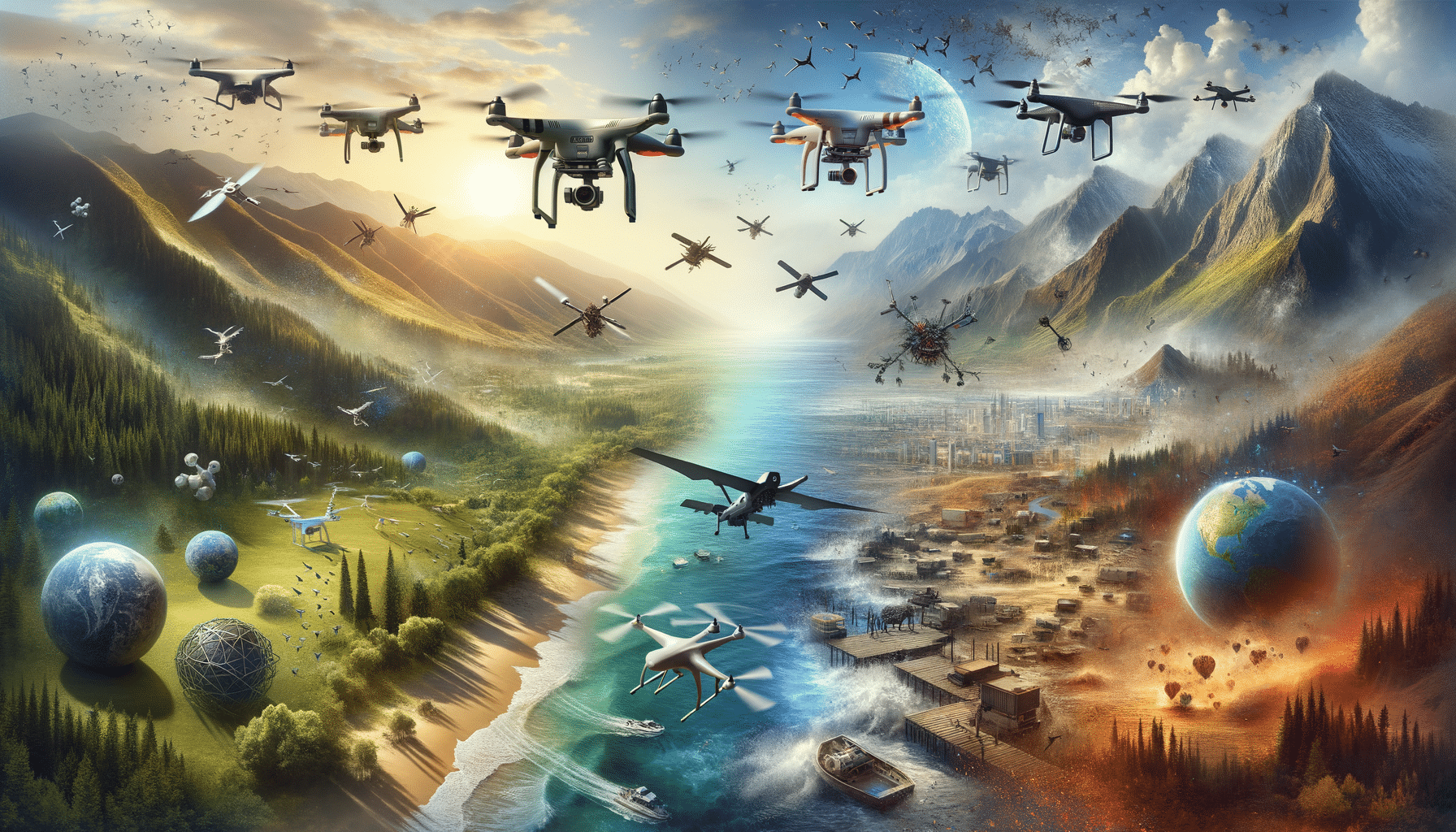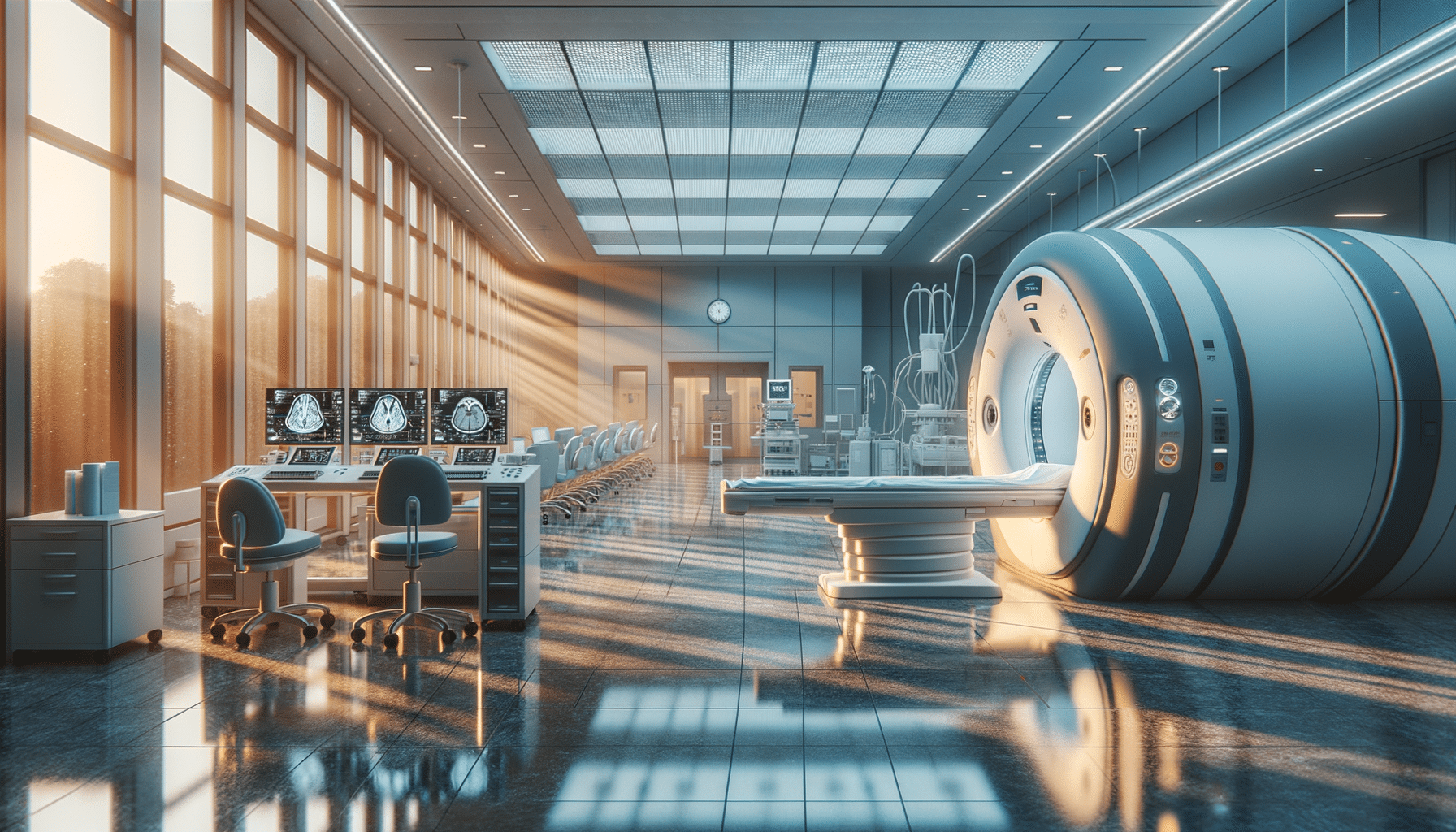
Discover the World of Drones: An Essential Guide
Introduction to Drones
Drones, also known as unmanned aerial vehicles (UAVs), have become increasingly popular in recent years. They have revolutionized various industries, from agriculture to entertainment, by providing unique perspectives and capabilities. With advancements in technology, drones have become more accessible and user-friendly, making them a versatile tool for both professionals and hobbyists. This article delves into the fascinating world of drones, exploring their applications, technology, and future potential.
Applications of Drones
Drones are utilized in a wide range of applications, showcasing their versatility and adaptability. In the field of photography and videography, drones offer breathtaking aerial views that were once only possible with helicopters. They have become an essential tool for filmmakers, photographers, and real estate professionals, providing stunning visuals that captivate audiences.
In agriculture, drones are used for crop monitoring, irrigation management, and soil analysis. They help farmers optimize their resources and improve crop yields by providing detailed data and insights. Additionally, drones are employed in disaster management, offering real-time data and imagery to aid in rescue and recovery operations.
Other notable applications include:
- Infrastructure inspection and maintenance
- Wildlife conservation and monitoring
- Package delivery services
- Law enforcement and surveillance
These diverse applications demonstrate the transformative impact drones have across various sectors, enhancing efficiency, safety, and innovation.
Understanding Drone Technology
The technology behind drones is a fascinating blend of engineering and innovation. At the core of every drone is a sophisticated system of sensors and components that enable flight and control. Key elements include:
- Propulsion systems, typically consisting of motors and propellers
- Navigation systems, including GPS and inertial measurement units (IMUs)
- Communication systems for remote control and data transmission
- Cameras and sensors for capturing imagery and data
Advancements in battery technology have also played a crucial role in extending flight times and improving performance. Moreover, the integration of artificial intelligence and machine learning is paving the way for autonomous flight capabilities, further expanding the potential of drones.
Understanding these technological aspects helps users make informed decisions when selecting a drone, ensuring it meets their specific needs and requirements.
Choosing the Right Drone
With a plethora of options available in the market, choosing the right drone can be a daunting task. It’s essential to consider factors such as purpose, budget, and skill level when making a decision. For beginners, user-friendly drones with basic features and safety mechanisms are ideal. They offer a seamless introduction to the world of drones without overwhelming the user.
For professionals, advanced drones equipped with high-resolution cameras, extended flight times, and enhanced stability are more suitable. These drones provide the precision and quality required for commercial applications, ensuring exceptional performance and results.
When selecting a drone, consider the following:
- Camera quality and features
- Flight time and range
- Ease of use and control
- Durability and build quality
- Availability of spare parts and accessories
By evaluating these factors, users can find a drone that aligns with their needs and expectations, ensuring a satisfying and rewarding experience.
The Future of Drones
The future of drones is incredibly promising, with ongoing advancements and innovations continually expanding their potential. As technology continues to evolve, we can expect drones to become even more integrated into our daily lives and industries. Emerging trends such as drone swarms, where multiple drones work collaboratively, and AI-driven autonomous drones are set to revolutionize various fields.
In urban environments, drones are anticipated to play a significant role in transforming logistics and transportation, offering efficient and eco-friendly solutions. Additionally, the development of drone taxis and passenger drones could redefine personal transportation, providing a futuristic alternative to traditional modes of travel.
Furthermore, regulatory advancements and frameworks are being established to ensure the safe and responsible use of drones, paving the way for broader adoption and innovation. As drones continue to evolve, they hold the potential to reshape industries, enhance efficiency, and unlock new possibilities.


